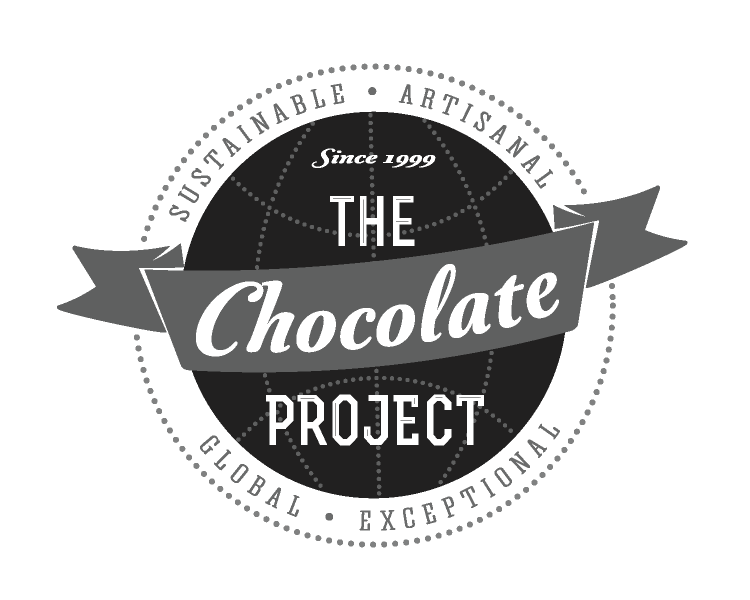An Ode to Fat
We talk a lot about single-origin chocolate here and wax poetic about exotic flavour notes and rare strains of cacao. Yet rarely do we pay tribute to the magical substance that makes up most of a chocolate bar: cocoa butter. Once cacao beans have been roasted and winnowed they break up into nibs, which look like coarse brown gravel but are in fact more than 50% cocoa butter. A heavy stone grinder and the magical combination of time, heat, and motion reduce the nibs down to minute particles, each enrobed in its own tasty jacket of fat.
Conching further refines this process and tempering provides a finished chocolate that has sheen, snap, and a lush and gloriously slow melt.
So just what is it about cocoa butter that is so special?
Cocoa butter is a triglyceride fat, which to a chemist means that the carbon atom in glycerol has three sockets for fatty acids to attach. The most common acids being stearic, palmitic and oleic. Where the magic occurs is that cocoa butter is polymorphic – the crystals of fatty acid can, and do, arrange themselves in various forms depending on outside stimuli like temperature and moisture. Some forms are crystals large enough to be seen with the naked eye and some are small and uniformly aligned. Tempering is the process by which chocolate is coaxed into having only the good, small, uniform crystals present. It is this structural uniqueness of cocoa butter that allows it to be tempered. The brown cocoa solids just come along for the ride.
As much as we love cocoa butter, it is certainly possible for a bar to have too much of a good thing. Whether to add extra cocoa butter is a decision a chocolate maker makes with each bag of beans they process. Some choose to never add it, letting the beans speak for themselves. Some choose to always add a little – trading the benefits of extra mouthfeel and easier tempering for the slight diminishment in cacao intensity. In many cases though it is decided by making a small test batch and watching the chocolate come together. Some varieties of cacao naturally have a lower butter content than others. Beans from West Africa are noted for being so low in fat content that chocolate makers commonly have to add extra butter. Cacaos from Venezuela and Madagascar often have an abundance. Tree species, soil, weather, and post-harvest techniques can all influence cocoa butter content, as can roasting your cacao before winnowing or after.
Cocoa butter is not only the conduit for the dispersal of cocoa solids across your palate: it adds important flavour notes of its own. Although subtle, they are a part of the overall complexity of a chocolate bar. Thus, if you are going to add additional cocoa butter, it makes sense to use the same beans as are in your bar for the source.
The same qualities that cocoa butter contributes to a chocolate bar make it perfectly suited to the cosmetics industry. A vast array of hair, skin, and lip care products depend on cocoa butter as a key ingredient and this demand has cause it to become a very expensive commodity. It is so pricey that commercial chocolate processors are now trying feverishly to find a cheaper alternative to add to their bars. Fats like palm oil, coconut oil, Shea butter, and even lard have all found their way into chocolate recently as a cost-cutting measure. In a lab it is now possible to fabricate a hydrogenated oil product that will mimic many of the qualities of cocoa butter. We are starting to see these “cacao butter enhancers” cropping up in many commercial chocolate products. Current European labeling laws allow for up to 5% alternative fats in a bar and legally it can still be called chocolate. It doesn't take a crystal ball to see where the industry is heading.
So the next time you enjoy a fine piece of chocolate (and we hope that's soon) give a little extra love to those hard working well-tempered triglycerides.
